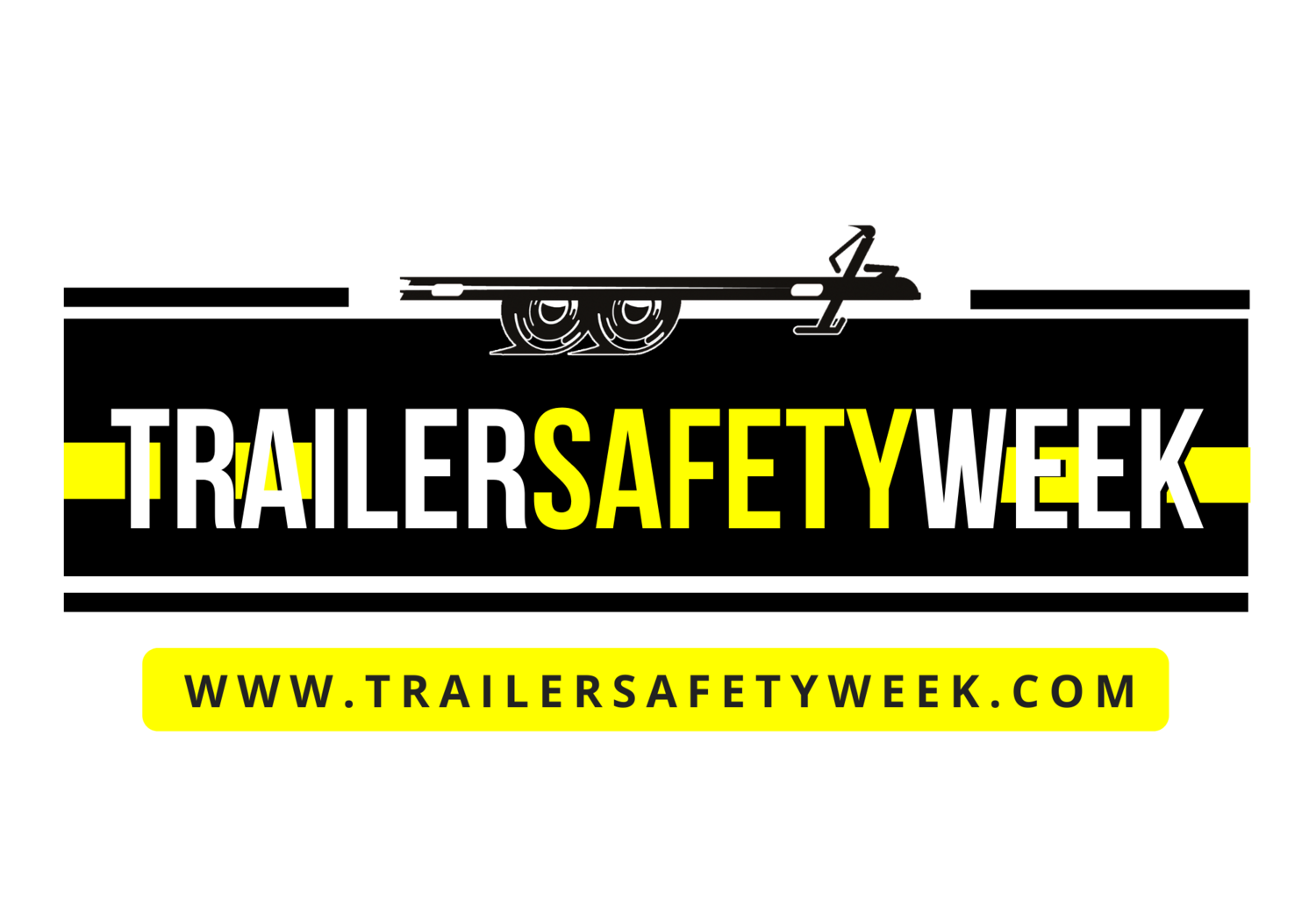Cargo Equipment
Knowing what equipment to use and how to operate that equipment is essential to safe towing. This included trailer components, as shown below, as well as securing devices such as chains, tie-down, ratchet straps, and load binders.
Important Components & Terminology:
Aggregate Working Load Limit - the summation of the working load limits or restraining capacity of all devices used to secure an article of cargo on a vehicle.(49 CFR §393.5)
Anchor Point - the part of the structure, fitting, or attachment on a vehicle or cargo to which a tie down is attached (49 CFR §393.5)
Bracing - a structure, device, or article placed against another structure, device or article to prevent tipping (49 CFR §393.5)
D-rings
Edge Protector - device placed on the exposed edge of an article to distribute tiedown forces over a larger area of cargo than the tiedown itself, to protect the tie-down and/or cargo from damage, and to allow the tie down to slide freely when being tensioned. (49 CFR §393.5)
Gross Vehicle Weight Rating (GVWR) - maximum loaded weight of the vehicle, including the weight of the vehicle itself, as determined by the manufacturer.
Tie-Down - A combination of securing devices which forms an assembly that attaches articles of cargo to, or restrains articles of cargo on, a vehicle or trailer, and is attached to anchor point(s). (49 CFR §393.5)
Working Load Limit - The maximum load that may be applied to a component of a cargo securement system during normal service, usually assigned by the manufacturer of the component. (49 CFR §393.5)
Selecting Your Securement Device(s):
There are several factors to consider when selecting cargo securement equipment.
What cargo is being secured?
Note that there are requirements by commodity type. See below.
Compliance with Federal Motor Carrier Safety Administration (FMCSA) regulations along with other state and local requirements based on what is being transported.
What cargo securement equipment is readily available?
What is the trailer configuration and are the load points conducive to the securement device selected?
Any other unique factors to be addressed regarding load configuration and positioning?
Device Options:
Binder Chain Assemblies
Web straps or synthetic
Steel strapping
Rope, natural or synthetic
Wire rope or cable
Chain and web strapping are the most commonly used cargo securement devices in the light- and medium-duty space. If the cargo and trailer can accept either straps or chain, then it’s up to the user’s preference and availability.
General Chain & Web Strap Comparison:
Chain
Longer product life.
Greater strength.
Increased durability.
Better abrasion resistance.
Web straps
Lower cost.
Shorter life due to UV degradation and wear.
Increased surface contact when transporting curved or round loads.
Lighter weight.
Based on these tradeoffs, equipment haulers more frequently utilize chain. General cargo is secured with straps when trailers are configured with a rail system. The operator always needs to comply with regulations and should be confident in the deployed cargo securement system.
Working Load Limit:
Once you have selected the type of cargo securement device needed for your application, you want to ensure it is properly rated for the cargo being hauled. The working load limit (WLL) will be printed directly on straps. Chain, however, is not so easily distinguishable. Some chain has the WLL stamped into the chain every 10 or so links, other chain may not be stamped. It is important to verify the WLL load of your securement device to ensure it is capable of immobilizing, containing, and restraining your load.
The FMCSA Driver’s Handbook on Cargo Securement is an excellent resource for more information. 49 CFR §393.106 provides additional regulatory information on the matter.
Determining the Number of Tie Downs Required
A good rule of thumb is one tie-down is used for every ten feet of cargo, using two tie-downs to secure any piece of cargo regardless of length. However, federal regulation governing commercial requirements exists and can be useful in determining the appropriate number of tie downs for recreational purposes. The FMCSA Driver’s Handbook on Cargo Securement provides more detailed information for commercial applications.
Peerless, a tie-down manufacturer serving the light- and medium-duty trailer industry has prepared this chart to provide a quick reference for basic minimum requirements. Many tie-down manufacturers prepare a similar chart, you are encouraged to reach out to your manufacturer to obtain a copy.
Checking for Wear and Removing from Service
Once you are able to select the correct device, knowing when to remove it from service is critical for continued towing safety.
Stretched Chain - The stretched chain is compared side-by-side with original factory chain. The stretched chain has been loaded beyond the chain’s safe working load limit. The chain and hardware need to be removed from service.
Bent Link - Users need to protect chain or straps from sharp edges by implementing edge protection equipment. This chain needs to be removed from service and all hardware needs to be inspected.
Tip Loaded Hook - The tip of this grab hook is extended, indicating improper use. Select the proper equipment to secure cargo. This grab hook needs to be removed from service.
Overloaded Hook - This clevis slip hook has been overloaded based on the visual indicator that the hook no longer retains the latch. The damage could be caused due to overloading or shock loading. The hook and chain system need to removed from service.
Nicked/Gouged Link - Properly use chain so that it isn’t damaged by utility equipment such as blades, buckets, or other sources. This chain needs to be removed from service. All associated hardware needs to be inspected.






